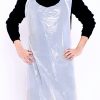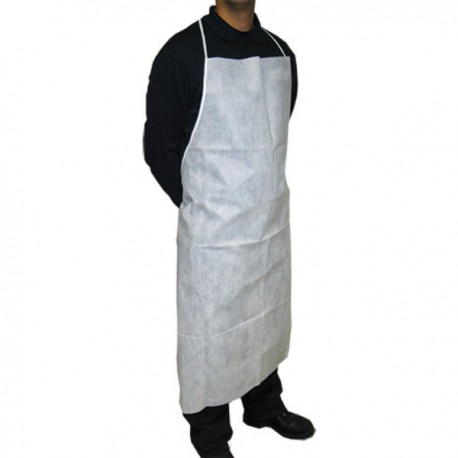Material: PP 20-80 g/m2
Color: Any Color
Style:Full back,tie neck,waist tie
Size:S/M/L/XL
Package:50pcs/bag,500pcs/ctn
APRON PP
Material: PP 20-80 g/m2
Color: Any Color
Style:Full back,tie neck,waist tie
Size:S/M/L/XL
Package:50pcs/bag,500pcs/ctn




Reviews
There are no reviews yet.